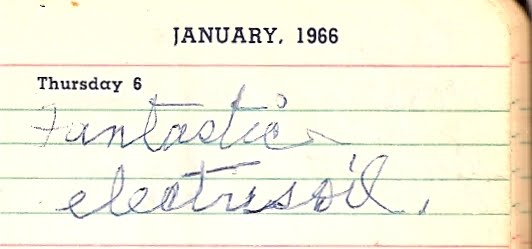Dimner
My 4x great-grandmother, Margaret Julia Dimner, appears in her husband’s online DAR listing. (John Beaver/Beeber) It states she was born in Muncy, PA in 1762. I find that location hard to believe. I read a lot of Lycoming County history because so many of my ancestors eventually resided there. By all accounts, that area was still very much frontier and under threat of Indian attack until after the Revolutionary War. The early settlers actually left during the Revolution because of Indian attacks and returned later to establish a more permanent settlement. If the Dimners had been such early settlers, their name would be included among lists of first settlers and it's not. Some have confused Margaret Julia Dimner with Mary J Dimn, daughter of Christopher Dimn (Dimm) for a variety of reasons (i. e., Christopher's sister married a Dimner, the daughter Mary Dimn married Jacob Bieber, Margaret's son)
In the Biographical Annals of Montgomery County Pennsylvania, a section on the Bieber family mentions Julia Dimner and her parents, George and Julia Dimner. There is no reference to places of birth. I also found a George Timmer in the 1800 census of Schoharie, New York that leads me to think there is a Palatine German connection. And in the 1810 census there is a George Timmer in the Northampton County, PA. I’m not sure how the former location connects with Montgomery County, but the Northampton County location is consistent with what later became Lycoming County. I am at a temporary dead end on this one.
Schneider
My 4x great-grandmother, Maria Barbara Schneider, believed to have been born in 1764, may have been born in Lehigh County, PA, but it is just a guess at this point because I have so little to go on. If this is the right person, then her father, Johann Nicholaus Schneider, was the first immigrant, having been born in Alsace, Germany.
Juncker
5x great grandmother, Anna Catherina Juncker, likely was born in Germany--probably Alsace where her husband and sons were born. I found a person by this name in an online tree, but married to someone other than Valentine Bieber. Also, the dates of her children’s births rule out this person. I haven’t located more information, probably because she was already married when she arrived.
Beyer
On my father’s side, I’ve already posted about the Boyer (Boier) line. In the same book, American Boyer by Charles Boyer, where I found that line, I also found the Beyer ((Beier) line.
My 5x great-grandmother, Eva Susanna Beyer, born in 1736 in Berks County, PA and was the daughter of Johann Heinrich Beier and Maria Elizabetha Zerbe.
The Beyer name appears on a list of Palatine German names, so it’s possible Heinrich was part of the original Palatine German emigration and this is suggested in the John Henry Beyer chapter of the Boyer book. Although it is not entirely clear from the book, it seems Johann Heinrich moved from Schoharie, N.Y. to Berks County, PA in 1728. Whether he moved with his parents, whether he was born in Germany, is not yet known (by me).
Zerbe
Eva Susanna’s mother was Maria Elizabetha Zerbe. Through the Tulpehocken Settlement Historical Society, I found all things Zerbe. (For a GEDCOM file of the Zerbe family: http://www.tulpehockenroots.org/zerbe_home.shtml)
Maria Elizabeth was born in 1709 in Columbia, NY and died around 1759 in New Ringgold, PA. Her parents were Johann Martin Zerbe and Anna Elizabetha Jungel. Johann Martin was born in 1671 in Kettenbach, Germany and died about 1739 in Berks County, PA. No doubt, the Zerbes were Palatine Germans, too.
Okay, next my research will focus on New England. I have plans for future research for Pennsylvania and New York involving requests to local historical societies, but I’m holding off for now.





